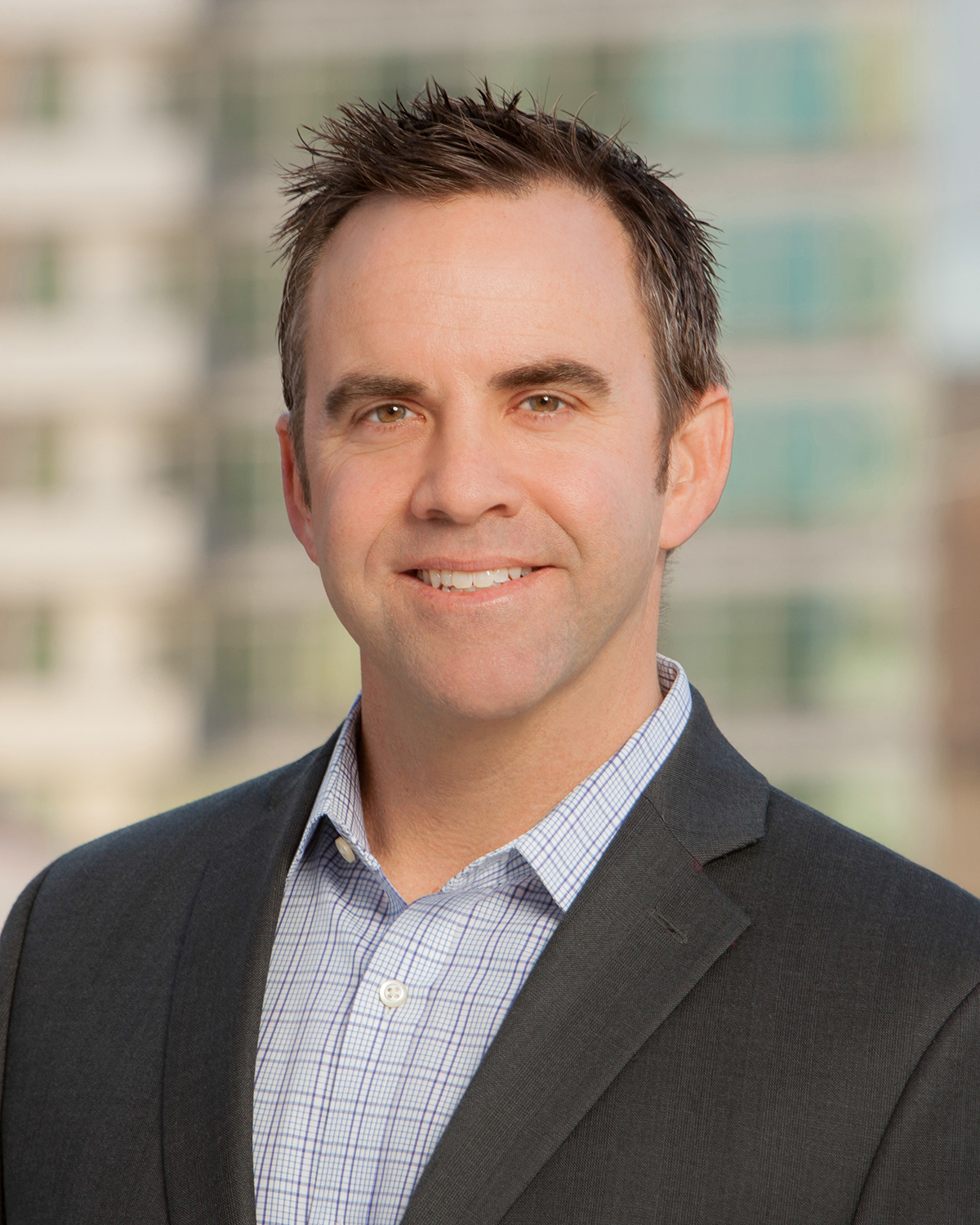California Passes COVID-19 Supplemental Paid Sick Leave Law for 2022
Last month California Governor and legislature announced their proposal to reenact COVID-19 Supplemental Paid Sick Leave (SPSL) Law for covered employees who cannot work or telework due to specific reasons related to COVID-19. Assembly Bill 84 (AB 84) was signed on Monday, February 9th, which will take effect immediately and is retroactive to January 1, 2022. The employer’s obligation to provide COVID-19 supplemental Paid Sick leave for its California employees does not begin until ten (10) days after the governor signs. The information below addresses what employers should know and do to prepare.
The effective date of the new law:
The law is now in effect and retroactive to January 1, 2022 however employers must begin to provide COVID-19 SPSL as of February 19, 2022.
Expiration date:
The paid sick leave requirement is due to expire on September 30, 2022.
Covered employer:
The law applies to employers with more than 26 employees.
Covered employee:
AB 84 applies to an employee who cannot work or telework because of COVID-19 related reasons.
Total COVID-19 Supplemental Paid Sick Leave available:
The law provides up to 80 hours of SPSL for full-time employees. Part-time employees are entitled to a proportional amount based on how many hours they normally work. However, the total paid sick leave is capped at 80 hours between January 1, 2022 and September 30, 2022. Additionally, employers are not required to pay more than $511 per day and $5,110 in the aggregate to an employee.
The difference between the new version of the COVID-19 SPSL and the previous version in 2021 is that there are two categories of leave available.
Category #1
Up to 40 hours for COVID-19 qualifying reasons, which include:
- The employee is subject to a quarantine or isolation period related to COVID-19 as defined by an order or guidance of the State Department of Public Health, the federal Centers for Disease Control and Prevention, or a local public health officer who has jurisdiction over the workplace.
- A health care provider has advised the employee to isolate or quarantine due to COVID-19.
- The employee is attending an appointment for themselves or a family member to receive a vaccine or a vaccine booster for protection against COVID-19, subject to certain limitations.
- The employee is experiencing symptoms or caring for a family member experiencing symptoms related to a COVID-19 vaccine or vaccine booster that prevents the employee from working or teleworking.
- The employee is experiencing symptoms of COVID-19 and seeking a medical diagnosis.
- The employee cares for a family member who is subject to an order, guidance, or advice to isolate or quarantine.
- The employee is caring for a child whose school or place of care is closed or otherwise unavailable for reasons related to COVID-19 on the premises.
The new law allows employers to limit the total leave vaccines or boosters to three days or 24 hours. If more leave is requested, the employer may require that an employee verifies from a healthcare provider that the employee or their family member continues to experience symptoms related to a COVID-19 vaccine or vaccine booster. The limitation applies to each series of vaccines or boosters and includes the time to obtain the vaccine or booster.
Category #2
If the employee, or a family member for whom the employee is providing care, tests positive for COVID-19. (Note: the employer may condition payment of supplemental paid sick leave for this reason upon the employee providing a positive test for themselves or the family member they are caring for.)
AB 84 authorizes the employer to require proof of a positive test to qualify for the second category of COVID-19 SPSL.
Rate of pay aligns with regular paid sick leave:
Leave is to be paid at the regular rate during the pay period taken, or with a 90-day lookback (or, for exempt employees, their typical pay). The $511/day cap remains.
Cal/OSHA Emergency Temporary Standard exclusion pay and COVID-19 Supplemental Paid Sick Leave:
An employer shall not require a covered employee to exhaust their COVID-19 supplemental paid sick leave before satisfying any requirement to provide paid leave for reasons related to COVID-19 under any Cal-OSHA COVID-19 Emergency Temporary Standards (ETS).
Cal/OSHA’s ETS requires employers to continue to pay the earnings of employees who are excluded from the workplace as a COVID-19 case or close contact. This means employers may be required (with certain exceptions) to provide significantly more paid time off for employees because employees excluded under Cal/OSHA’s ETS will be paid exclusion pay and maintain their full entitlement of SPSL.
Other sick leave or PTO and COVID-19 SPSL:
AB 84 prohibits employers from requiring covered employees to use any other paid or unpaid leave, paid time off, or vacation time provided by the employer before the covered employee uses COVID-19 Supplemental.
Employer notice/posting requirement:
The law requires employers to provide notice to employees of the COVID-19 Supplemental Paid Sick Leave benefits. Employers should expect a new model poster to be published. The notice should be posted in the workplace and emailed to employees who do not frequent the worksite. Follow the Department of Industrial Relations for updates and workplace posters.
Paystub requirements:
AB 84 requires employers to list SPSL hours used to be listed separately from regular paid sick days. The law would require employers to provide a notice to employees of the amount of COVID-19 supplemental paid sick leave that the employee has used through the pay period that it was due to be paid. This can be provided on the employee’s pay stub or another written on the employee’s designated payday. In addition, the employer shall list “zero-hours used” if a worker has not used any COVID-19 supplemental paid sick leave. This requirement takes effect in the next full pay period following the law’s effective date.
Employer Tax Credits:
While California is bringing back some tax credits that may provide general relief for some businesses in the state, there is no direct tax credit that reimburses employers specifically for their SPSL costs.
Employer Compliance Checklist
- Coordinate with payroll to update wage statements and sick leave tracking or coding.
- Post and email notice from the California Department of Industrial Relations once available.
- Develop a process for managing new and retroactive requests for leave.
- Maintain medical documentation in a confidential employee medical file.
- Update your policies and other notices that address COVID-19 related benefits.



